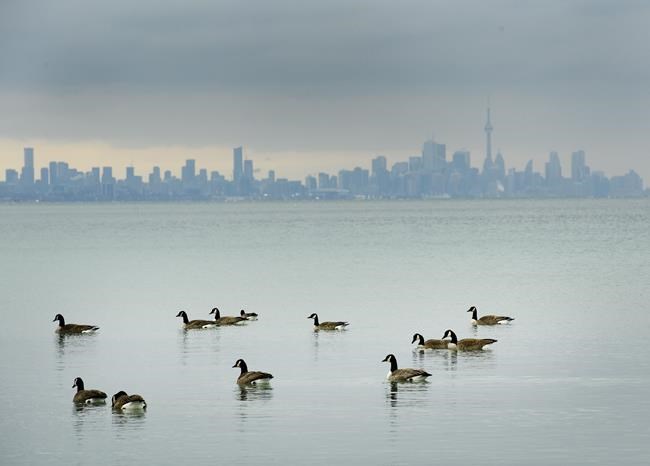Pollution drop isn’t ‘healing’ planet
Read this article for free:
or
Already have an account? Log in here »
To continue reading, please subscribe:
Monthly Digital Subscription
$1 per week for 24 weeks*
- Enjoy unlimited reading on winnipegfreepress.com
- Read the E-Edition, our digital replica newspaper
- Access News Break, our award-winning app
- Play interactive puzzles
*Billed as $4 plus GST every four weeks. Offer only available to new and qualified returning subscribers. Cancel any time.
Read unlimited articles for free today:
or
Already have an account? Log in here »
Hey there, time traveller!
This article was published 21/05/2020 (1716 days ago), so information in it may no longer be current.
As the world strains to mitigate the effects of the COVID-19 pandemic with society-wide shutdowns, the environment is reaping some rewards. Less motorized traffic has meant a decrease in pollution, resulting in clearer skies and waters. Many urban areas have seen the return of animals to their native habitats. “Nature is healing,” as the pithy online slogan goes.
If only this were true.
COVID-19 shutdown leads to cleaner city air

Posted:
OTTAWA - Most major Canadian cities saw drastic improvements in air quality over the last two months as COVID-19 kept people at home instead of on the roads.
There is measurably less air pollution across wide swaths of the industrialized world. Steep declines in manufacturing, commuter traffic and air travel have had an atmospheric as well as an economic effect. And while greenhouse-gas emissions have also declined, they haven’t dropped enough to address climate change over the long term.
Recent estimates published in Nature, for the period during which many areas engaged in lockdowns to contain or mitigate the spread of COVID-19, show global GHG emissions dropped by 17 per cent. This is significant, considering that despite many countries’ signing on to the Paris Climate agreement in 2015, the world’s emissions have actually continued to increase every year.
And this reduction would be great news, finally, except the world already needed to be reining in emissions every year just to avoid a higher-than-2-degrees-C increase to the global average temperature, as set out in the Paris agreement.
With the current focus of governments and citizens rightly on reopening economies and mitigating pandemic-induced economic upheaval, arguments for extending the global traffic slowdown for air quality’s sake are likely to fall on deaf ears. What is instructive, however, is to look beyond the numbers to the sources of those emissions.
While a decrease in air travel and commuter traffic seems to have had a real effect on lower emissions (researchers estimate just over half of the resultant drop this year was due to this), those aren’t the primary sources of global emissions. Those come from manufacturing and energy production, since in many areas of the industrialized world, electricity is generated through the use of fossil fuels. And when millions of people switch to working remotely, they may be driving less, but they are still using electricity.

As well, China’s shutdown to slow the spread of the coronavirus meant shuttering major manufacturing areas, which had a dramatic effect: a 28 per cent drop in that nation’s GHG emissions.
When it comes to the path forward, curbing emissions and reducing the threat of climate change requires lower or no-emissions sources of energy on an industrial scale. Individual transportation choices won’t be enough. We need to rethink our energy grid, and shift from heavily subsidizing the fossil-fuel industry to supporting, and implementing infrastructure for, other long-term energy sources.
It should not be viewed as a separate problem from our efforts to contain and stop future epidemics. A warmer, less predictable climate also carries with it an increased risk of disease for Canadians, according to a recent Canada Communicable Disease Report (including increased risk of tick-borne diseases, endemic and exotic mosquito-borne diseases and food-borne diseases). In other words, we can take steps to reduce the risk of future outbreaks by addressing the climate problem.
The health and economic problems of the COVID-19 pandemic are urgent, immediate and will have long-term effects. And so it is with those caused by climate change. Perhaps as we look at solutions for one, we can also tackle solutions for the other — since they, like our civilization and well-being, are inextricably linked.







